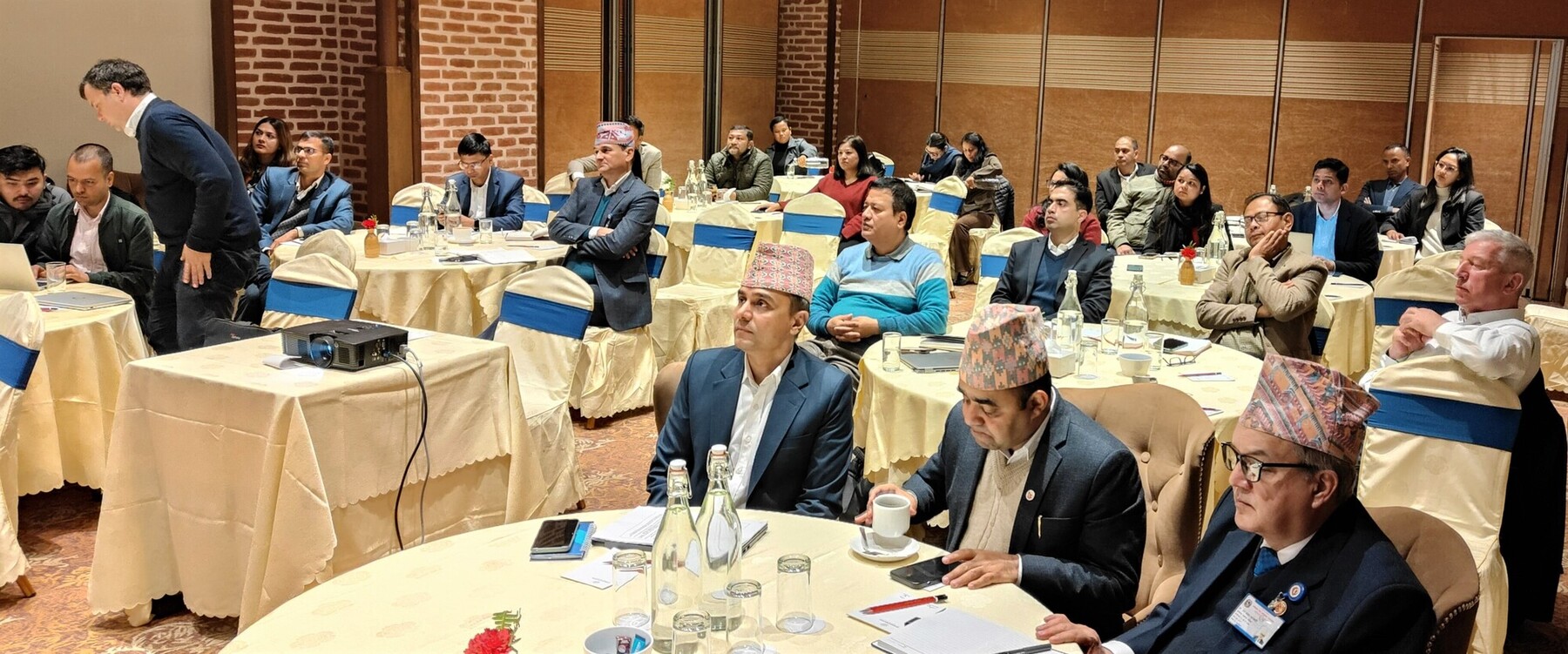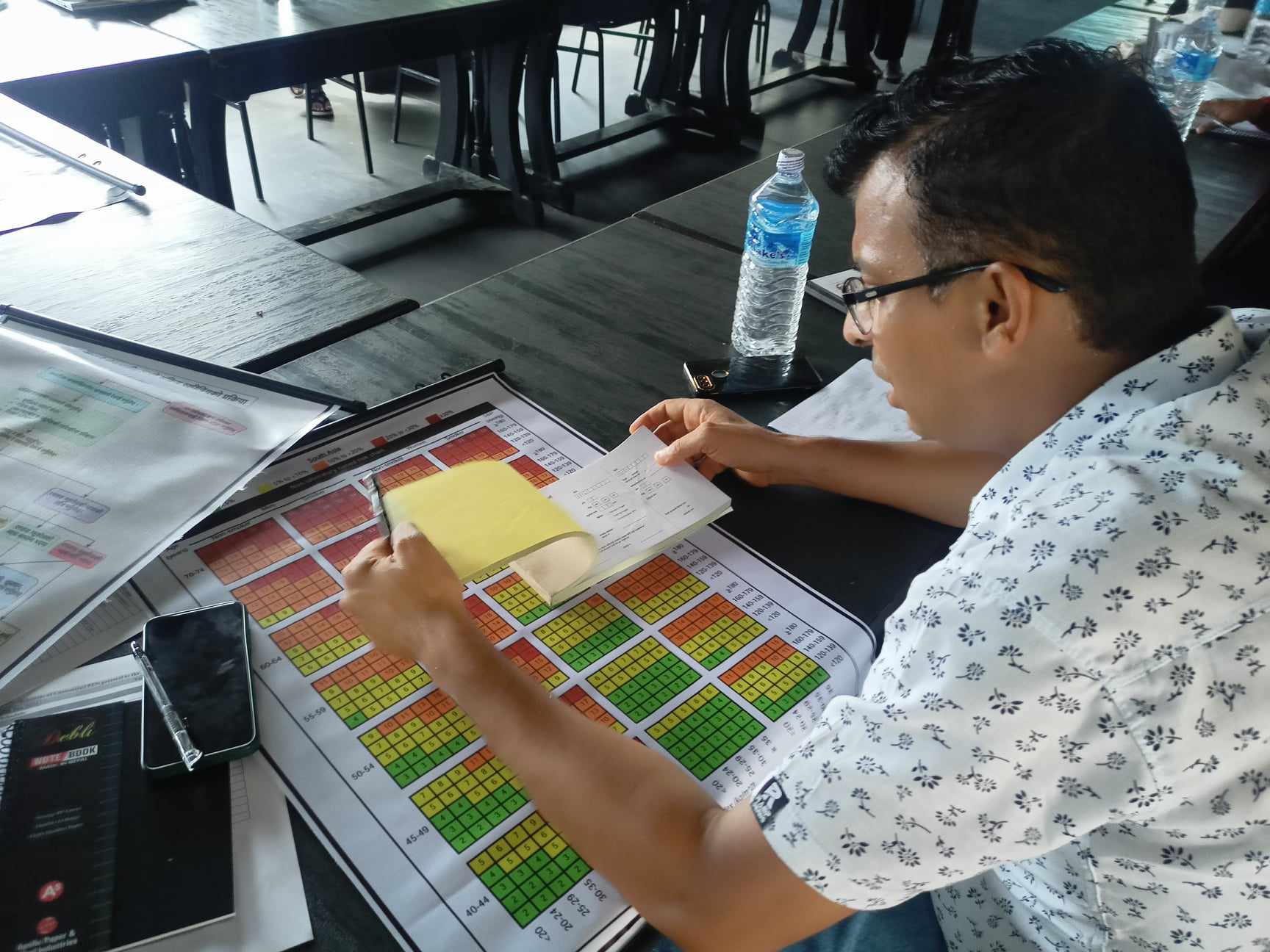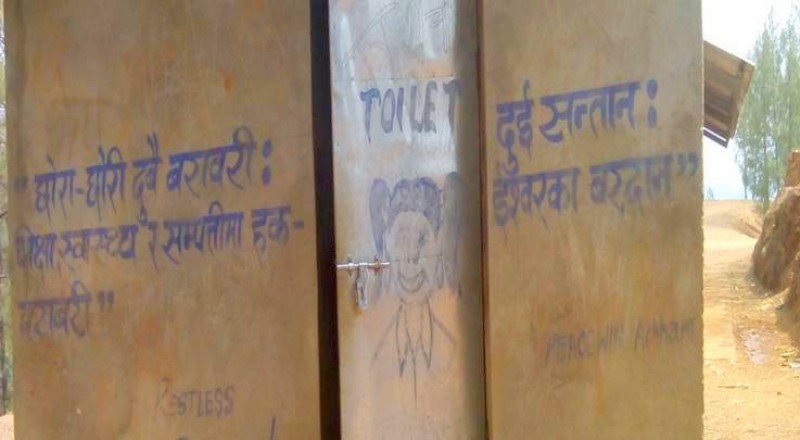Government of Nepal has been responding COVID-19 pandemic since the day it affected country despite some negligible preparations before COVID-19 cases were first found in the country. Since then, federal, provincial, and local governments have been actively working to respond this public health crisis. These three tires of government have their own unique experiences of responding the COVID-19 pandemic. The experiences relate to policy formulation, power sharing, human resources, financial aspects and other. Such experiences were expressed by the officials representing federal, provincial, and local government in the Public Health Conference organized by Nepal Public Health Association on 10th and 11th of October.
As a participant of the conference, I got an opportunity to learn about the practical issues related to health sector reform in Nepal. Here, I am presenting the experiences and lessons expressed by those government officials in the session entitled “Health Sector Reform in Federalism: Lessons Learnt from COVID-19 and Thinking Beyond.”
COVID-19 management experiences
The representatives of federal government said that the federal government had to rely on the situation reports produced by World Health Organization to roll out the preparedness plan and disseminate information. The most challenging situation for Ministry of Health and Population (MoHP) was to bring more than 175 students to Nepal from Wuhan City of China from where the pandemic originated. Despite not having familiarity with such incident, federal government was able to create a quarantine guideline and protocol for their homecoming with the co-ordination among Nepal Army, Nepal Police, Home Ministry, EDCD (Epidemiology and Disease Control Division) , Department of Health Service and Ministry of Health and Population.
Context changed after the first COVID-19 positive case was confirmed in Nepal. Suddenly response activities intensified. Lalitpur District Health Office (DHO) immediately conducted meeting with DDRC (District Disaster Relief Committee) and activated the Disaster Management committees at local levels. They conducted awareness programs for the local government and health workers. Co-ordination meeting between all public and private hospitals were conducted for the management of quarantine, and isolation center for the people who get back from India and other countries. Series of meetings were held with the District COVID-19 Crisis Management Centre (CCMC) along with regular case management, data management and media briefing. Case Investigation and Contact Tracing (CICT) Team was activated in municipalities and team members were trained. The lab personnel of public and private hospital were trained for swab collection and DHO provided testing facilities to the people coming from third countries, high-risk group, close contact person and symptomatic cases.
Lalitpur as a metropolitan city within a Kathmandu valley and part of capital city enjoyed certain degree of privilege in collaboration with federal government. But context of Birgunj Metropolitan City was different as it saw massive influx of Nepali migrant workers from India. They focused on the border transit points. The metropolitan city established health desks in Nepal-India checkpoints, brought migrants into quarantine and sent suspected individuals for PCR test to the hospitals. Being a local level, Birgunj metropolitan even managed the COVID-19 cases from other districts as well. Metropolitan city set the holding quarantine at the border checkpoints and even managed the migrants who came through unofficial routes.
The experience of Gurvakot Municipality from Surkhet had a bit different experience. It also formed four CICT team and established one isolation center and 19 quarantine centers. They even formed a COVID-19 coordination committee at the municipality and ward level for contact tracing of suspected people. Though they faced the insufficiency of logistics including PPE, masks, sanitizer, and testing materials, they conducted fund-raising program for the procurement of logistics.
Nepalgunj Sub-metropolitan city was fully concentrated in the planning and management for COVID-19. They were engaged in contract tracing and case investigation. The deputy mayor of the sub-metropolitan city said that the municipal authority had to coordinate with religious leader to make community people belief on the COVID-19 test report and aware about safety measures against COVID-19. Nepalgunj sub metropolitan city also provided relief package, financial aid and foods to the vulnerable population who are unable to feed their family due to unemployment caused by lockdown. Thus different actors had difference experience.
Challenges in federal context
The implementation of federalism in health sector has not been that easy according to the provincial and local governments officials. Opinions of representatives of three governments also vary. Despite the availability of policy, guidelines and protocols from federal government, there is lack of ownership and ambiguity in roles and responsibilities of three tires of governments. The main challenge faced by the governments during the COVID-19 management is co-ordination. Here is an example:
When a provincial governments were handling isolation management and contract tracing at the early stage, federal government transferred these roles to local government after a significant number of positive cases. Such change in the role created unclarity, especially in coordination aspects. Local levels felt that they are ones to manage their people at local level. Local level officials also pointed out that existing policies and their amendment do not include the role of provincial and local level regarding epidemic and infectious disease control and treatment. Local levels also raised the issues regarding the management of COVID-19 i.e. contract tracing, case investigation and home isolation in urban population. Local level experienced difficulties to implement quarantines, isolation centers and testing protocol since it did not work in tandem. As per the experience of local level officials, there is need for physical and technical resources including human resources for the prevention, control, and treatment of diseases at local level.
Way forward
The experts and officials did not have differing opinion in terms of need for more coordinated efforts in responding the pandemic. They expressed realization that the lack of preparedness plan, needful structure, and hospital capacity were creating barriers in managing infectious disease in the country. Federal government should focus on the policy, guidelines of COVID-19 and other epidemics with clear direction and there is need for amendment of Infectious Disease Control Act. From the experience of more than eight months, government felt that there is need for the amendment of CICT guideline as well. At the provincial level, there is need of a structure like EDCD. The provincial government can extend its role in the management of COVID including logistics and laboratory management.
(Writer is Research and Data Management Officer at HERD International. Her opinions experienced in this blog do not represent official views of HERD International)












Comments (0)
No comments found.